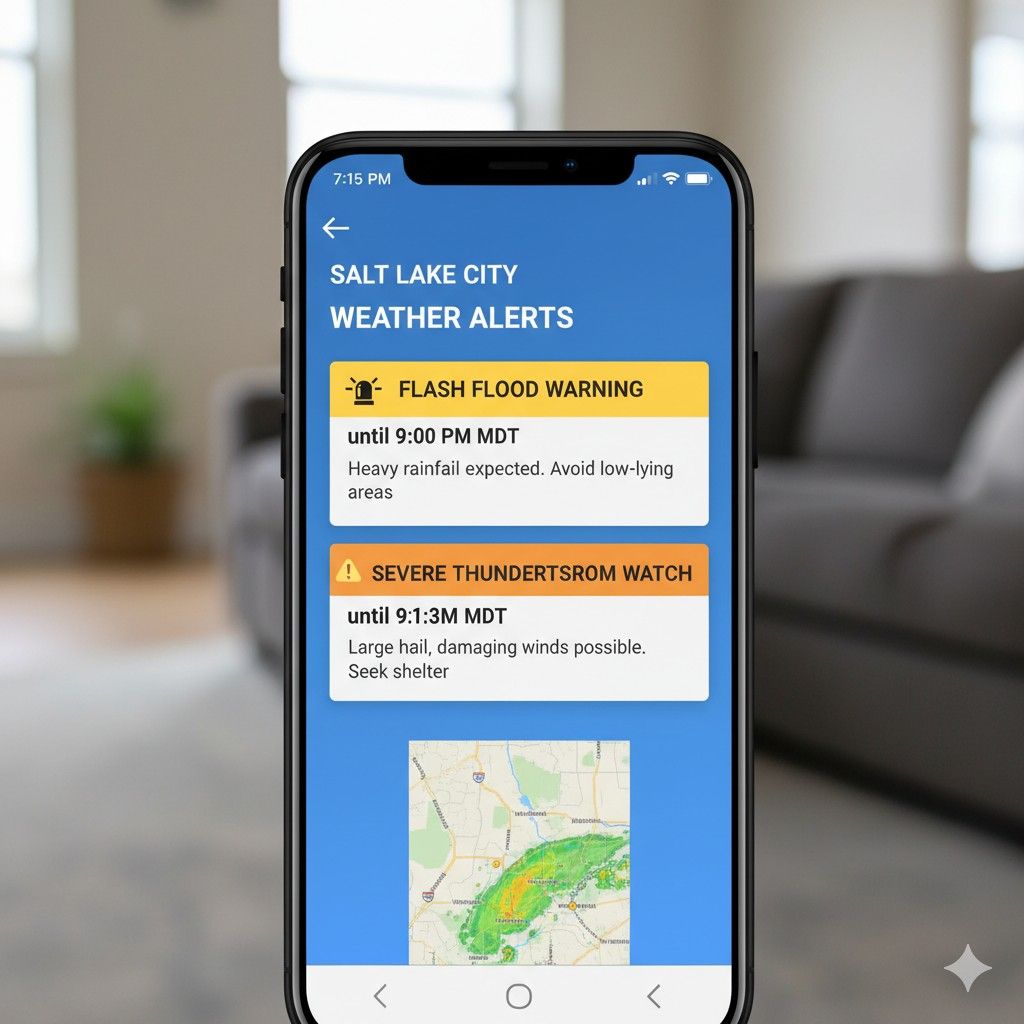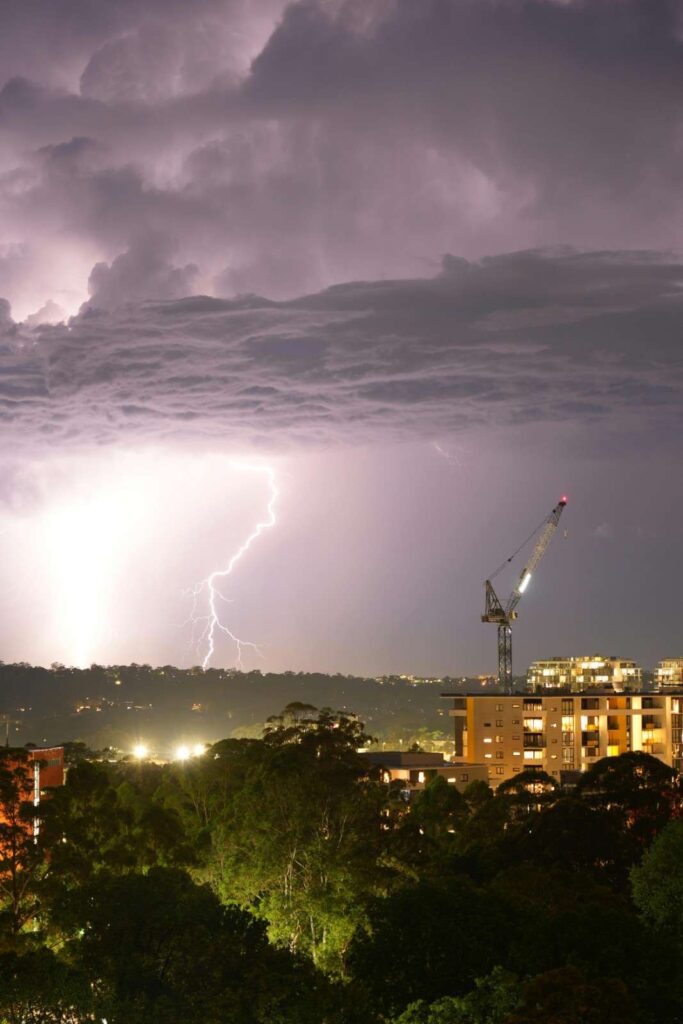When severe weather is on its way, preparation makes all the difference. Whether it’s a windstorm, hurricane, thunderstorm, or blizzard, storms can escalate quickly and cause costly damage to homes, vehicles, and personal property. While we can’t control the weather, we can control how ready we are for whatever comes. The steps you take before the winds hit can protect your home, your belongings, and—most importantly—your safety.
1. Stay Informed: Weather Alerts and Communication Plans
Preparation begins with information. Sign up for local emergency alerts through your city or county to receive real-time warnings on your phone. Weather apps and NOAA radios are excellent tools for tracking storm progress, especially during power outages.
Create a communication plan with family members or housemates. Determine:
- A designated safe room (preferably windowless and on the lowest level of your home)
- A meeting point if you get separated
- A list of emergency contacts
Having these decisions made in advance eliminates confusion when the storm hits.

2. Build an Emergency Supply Kit
During a major storm, access to basic supplies isn’t guaranteed. Roads may become blocked, stores could close, and power outages may prevent the use of ATMs or credit cards. An emergency kit ensures you can sustain yourself for several days. Include:
- Water: One gallon per person per day for at least three days
- Food: Nonperishable items such as canned goods, granola bars, and peanut butter
- Flashlights and battery-powered lanterns
- Medication and basic first aid
- A portable phone charger or solar power bank
- Copies of important documents (insurance policies, identification)
Store these supplies in a waterproof container that’s easy to grab if you need to evacuate.
3. Secure Your Home and Yard
Before winds start to pick up, walk around your property and check for items that could turn into projectiles. Outdoor furniture, flower pots, trash cans, and toys can become airborne in high winds.
- Bring all loose items indoors or anchor them securely.
- Close and lock windows and doors.
- Reinforce garage doors—their large surface area makes them especially vulnerable.
If the storm involves heavy rainfall, clear gutters and downspouts so water can flow freely away from the house. Clogged gutters lead to roof leaks and interior damage.
One often overlooked preparation step is checking nearby trees. Weak or overgrown branches can snap and cause major damage to siding, roofs, and vehicles. If pruning or removal is needed, consider hiring a professional, such as a tree service in Salt Lake City, or a reputable local arborist in your area to handle hazardous limbs safely before the storm hits.
4. Protect Your Windows and Doors
Windows are one of the most vulnerable parts of the home during strong winds. Flying debris can cause the glass to shatter, sending shards into your living space. If you live in an area prone to hurricanes or severe storms, consider installing:
- Storm shutters
- High-impact windows
- Plywood covers (pre-cut for quick installation)
Sliding doors and large picture windows are especially at risk. Thick curtains or blinds won’t prevent breakage, but they can help stop broken glass from scattering.
5. Prepare for a Power Outage
Power loss during major storms is common and can last hours or days. Reduce the inconvenience by preparing early:
- Charge all electronic devices in advance.
- Fill bathtubs with water (if your water supply relies on electricity).
- Have a backup power source such as a generator—just never run it indoors.
To protect appliances from power surges when the power returns, unplug nonessential electronics before the storm arrives.

6. Secure Important Valuables
Protecting personal items can save time and frustration after a storm. Place essential belongings in waterproof bags or containers, especially:
- Insurance documents
- Birth certificates and passports
- Electronics
- Family keepsakes
Store them in a high place away from potential floodwater.
7. After the Storm: Stay Cautious
Once the winds calm down, don’t rush outside. Hazards may still exist—downed power lines, unstable trees, or unexpected floodwaters. Inspect your property slowly and carefully. Only begin cleanup when conditions are safe.
If you evacuated, return only when authorities declare it safe.
Preparedness Means Peace of Mind
Major storms are unpredictable, but your response doesn’t have to be. The actions you take beforehand—securing your home, gathering supplies, and planning ahead—are powerful tools in reducing stress and protecting what matters most.
You may not be able to stop the storm, but you can prevent it from catching you unprepared.






